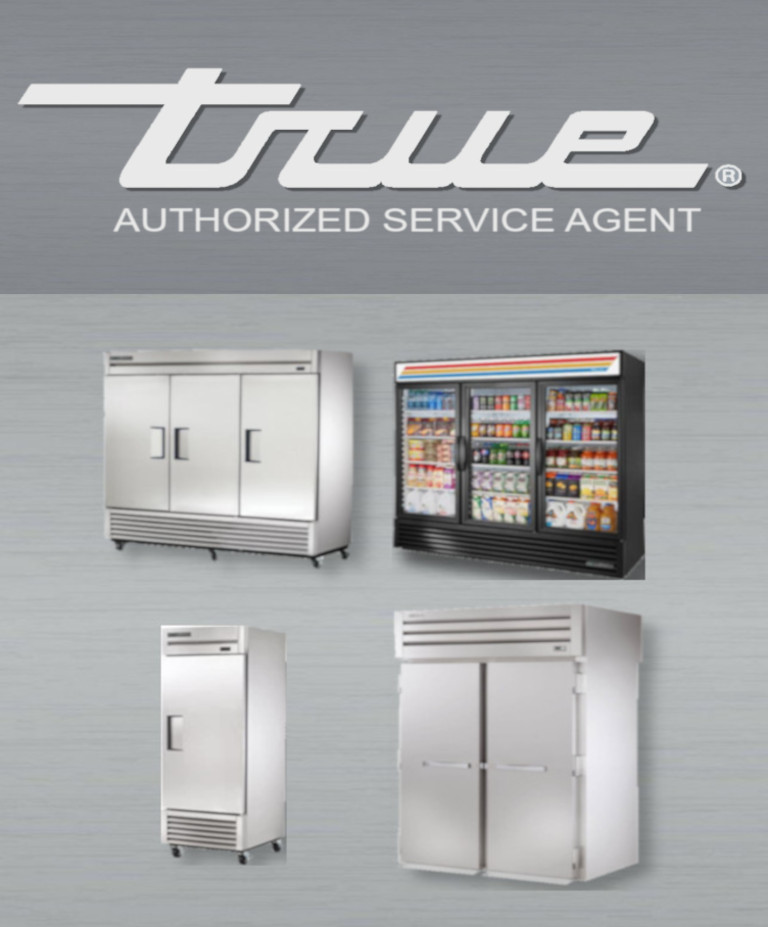The Ultimate Overview to Do It Yourself Appliance Fixing Methods
From fridges to dishwashing machines, comprehending just how to repair and repair these gadgets can save you time and money. Are you prepared to uncover vital strategies that will equip you to deal with repair services with confidence?
Recognizing Typical Appliance Issues
When you rely on your home appliances, it can be irritating when they instantly stop working or act up. Comprehending typical appliance issues can help you troubleshoot concerns properly.
If your oven isn't heating, faulty components or thermostat issues might be to condemn,. Dish washers often experience issues with water drainage, so ensure the filter is clean and the drainpipe pipe isn't kinked.
Likewise, pay attention for uncommon noises; they usually indicate mechanical concerns. By identifying these signs, you can save time and potentially stay clear of pricey repairs. A little knowledge goes a lengthy method in keeping your devices, so remain educated to maintain everything running efficiently.
Vital Devices for DIY Repairs
Before diving right into do it yourself device repair services, it is very important to gather the right tools to assure the process goes efficiently. Start with a great set of screwdrivers, consisting of both flathead and Phillips, as they're vital for opening up most appliances. You'll additionally desire a set of pliers for clutching and turning cords or little components.
Do not neglect a multimeter; it helps you test electric components and detect issues successfully. An outlet set comes in handy for loosening up or tightening bolts, while an energy knife can be useful for reducing wires or opening up product packaging.
Lastly, consider having a flashlight on hand to light up dark spaces inside your appliances. With these crucial tools, you'll be well-appointed to tackle numerous repairs, conserving both money and time. Collect your gear and obtain ready to roll up your sleeves!
Safety First: Precautions to Take
Before you begin any device fixing, it's necessary to focus on safety and security. Make specific you put on personal protective equipment, detach the source of power, and maintain your workspace organized. These easy precautions can assist stop crashes and ensure a smoother fixing process.

Individual Protective Equipment
Security gear is a necessary component of any Do it yourself home appliance repair work project. Steel-toed boots are also a smart option, specifically when lifting hefty home appliances. Remember, being prepared with the ideal gear maintains you risk-free and focused on finishing your fixing efficiently.
Source Of Power Disconnection
To assure a secure DIY appliance repair, separating the power source is necessary. This easy step stops electric shocks and guarantees that you can concentrate on the fixing without stressing regarding unintentional activation. Once you're confident that the power is disconnected, you can with confidence continue with your repair work, understanding you have actually taken the necessary safety measures to shield on your own.
Work Area Organization
An efficient workplace can make all the distinction in your do it yourself appliance repair service task. Beginning by removing your work area of mess to avoid accidents and distractions. Lay out all your products and devices, grouping comparable items with each other for very easy gain access to. Utilize a toolbox or organizer to keep little parts like washing machines and screws contained and identified. See to it you've got ample illumination; it'll aid you see information plainly and decrease the danger of blunders. Do not neglect to keep safety and security equipment like handwear covers and safety glasses accessible. Have a trash bag handy to dispose of waste immediately. A neat room not only boosts efficiency however additionally keeps you risk-free while you work on your appliance fixing.
Step-by-Step Guide for Fridge Services
When your refrigerator begins acting up, it can be frustrating, however taking on the problem yourself can conserve you time and cash. Inspect for usual issues like temperature level fluctuations or uncommon sounds. For a noisy refrigerator, check the fan and confirm it's not obstructed.
If there's water merging within, evaluate the door seals for damages or dirt, and clean them if essential. For ice buildup, clear the defrost drain. Plug the refrigerator back in and check it for a couple of hours once you've addressed the issue. If the issue lingers, you might require to replace a damaged part, like the compressor or follower motor. Remember, do not think twice to speak with the manual or seek expert help if required.
Dealing With Cleaning Device Concerns
Just like fridges, cleaning devices can offer their own collection of difficulties, but numerous issues can be solved with a little bit of troubleshooting. If your maker won't start, inspect the power cable and verify it's connected in. Next off, check the door lock; a damaged lock can prevent the cycle from beginning. If you see uncommon sounds during operation, it may be due to foreign items stuck in the drum or the drain pump.
Tightening these can commonly solve the problem. Routine maintenance, like cleaning up the filter, can prevent several concerns from emerging.
Repairing Stoves and ovens
Just how can you troubleshoot usual issues with your oven or oven? Beginning by inspecting the power supply.
If your stove isn't home heating, evaluate the temperature level settings and verify the door seals firmly. If it's damaged., a malfunctioning heating aspect can likewise be the perpetrator; you may require to replace it.
For unequal food preparation, rotate Your Domain Name your pans and take into consideration utilizing a stove thermometer to confirm exact temperatures. If you listen to unusual sounds or odor gas, transform off the home appliance quickly and speak with a specialist. By adhering to these steps, you can identify and deal with several typical oven and stove problems effectively.
Repairing Dish Washers Facilitated
When your dishwashing machine starts breaking down, it can be irritating, yet attending to usual concerns isn't as hard as it seems. You'll discover detailed troubleshooting techniques that will aid you determine the trouble, along with the vital tools you'll require to deal with repairs yourself. Allow's make repairing your dish washer a breeze!
Typical Dish Washer Problems
While dishwashing machines are created to make your life much easier, they can often run right into common issues that leave you really feeling discouraged. If your dish washer's door will not lock, it can be a simple issue with the latch device or door seal. Attending to these concerns early can save you time and hassle down the road.

Step-by-Step Troubleshooting
Before diving right into fixings, it's important to recognize the particular concern your dishwasher is dealing with. If your dishwasher top article won't start, check the power supply and door lock. By systematically attending to each potential issue, you can identify the problem and take the required actions to fix it, making your dish washer feature like brand-new once more.
Important Fixing Tools
Having the right tools available can make all the difference when repairing your dishwasher. Begin with a screwdriver set, as you'll frequently need both Phillips and flathead choices. A multimeter's important for detecting electrical concerns, while pliers can help you grip and adjust different elements. Don't forget a container or towels for any kind of water splashes during repair work.
If you're tackling obstructions, a drain serpent or a wet/dry vacuum cleaner will be invaluable. You might also desire a degree to ensure your dishwashing machine's effectively straightened. Lastly, security equipment like safety glasses and gloves will certainly shield you while you work. With these crucial tools, you'll be well-appointed to deal with any kind of dish washer repair service challenge that comes your means.
Frequently Asked Inquiries
If an Appliance Is Well Worth Fixing?, just how Do I Identify.
To determine if a device's worth repairing, consider its age, repair work costs, and current value. If repair services surpass half the replacement price, you may wish to purchase a new version instead.
Can I Discover Substitute Components Locally for My Appliance?
Yes, you can often locate replacement components locally for your appliance. Check equipment stores, device repair service shops, or neighborhood classifieds. Don't neglect to bring the design number to assure you obtain the appropriate part!
When Repairing Devices?, what Common Mistakes Should I Prevent.
When repairing devices, stay clear of rushing via diagnostics, disregarding safety precautions, or utilizing incorrect devices. Do not avoid reading handbooks a fantastic read or enjoying tutorials; they supply essential guidance. Be person and thorough to guarantee effective repair work and stop additional damages.
How much time Does a Regular DIY Home Appliance Repair Take?
A normal DIY home appliance repair work normally takes one to three hours, relying on the intricacy. You'll desire to gather your tools and products first, and follow directions meticulously to stay clear of unneeded hold-ups.
Are There Any Type Of Guarantees for Do It Yourself Appliance Repairs?
When you tackle do it yourself home appliance repairs, service warranties usually do not cover your work. Nevertheless, some makers might recognize service warranties for components you change. Always check your appliance's service warranty terms prior to beginning any repair work to prevent concerns.
Prior to diving right into DIY appliance fixings, it's vital to collect the right devices to guarantee the process goes efficiently.Prior to you start any appliance fixing, it's essential to prioritize safety and security.To guarantee a safe Do it yourself home appliance repair, detaching the power resource is necessary.A well-organized work area can make all the difference in your Do it yourself device repair project. Constantly check your device's warranty terms before beginning any repairs to stay clear of concerns.